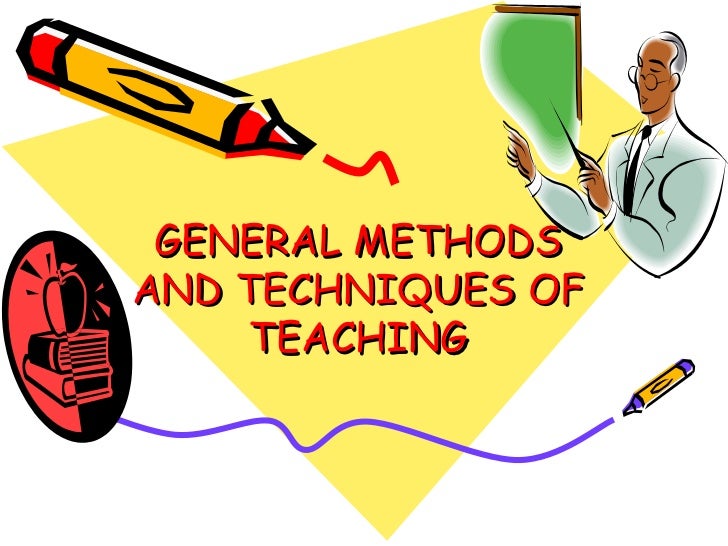ASSESSMENT
TYPES AND TASKS

Through
this unit I learnt that assessments
play a critical role in a student’s learning journey, because they measure students’
achievement and skill mastery. In addition, assessments help students to learn
and teachers can improve their way of teaching or assessing, too. The aspects
that an assessment should have are: practically, validity, reliability,
authenticity and washback. Also, assessment can be formal and informal. Let’s
start by talking about why are formal assessments. First, formal assessment are standardized, have time limit and directions
which are to be followed. For instance, diagnostic
test assesses students’ weakness, strengths and prior knowledge. Another
example, summative test
measures students’ achievements at the end of a course (MID-TERM EXAM). Another
example, proficiency test
measures the learners’ general skill
or ability in the language (TOEFL, TKT). The last one, formative assessment (QUIZZES, HOMEWORK) assesses students’
performance during the instruction process. All these tests are example of
formal testing which involves listening cloze, gap-filling, multiple-choice questions, true/false and so
on. So, it means that these items are scored or ticked. On the other hand, informal assessment don’t have
standard directions; they have a great deal of flexibility, are designed by
teachers and have unknown validity and reliability. For example, peer assessment means check in
pairs in order to check their language, mistakes and performance better. Another
example, debates into small groups provide their own feedback on their strengths or weakness among themselves. As
these assessments aren’t graded, if the teacher maybe wants, she will give a
bonus mark. To sum up, as future teacher I will apply formative and informative
assessment inside the classroom because they will help me to know the learners’
achievements or difficulties presented.
Extra Information:
http://es.slideshare.net/CindsBaares/types-of-assessment-37820430
http://es.slideshare.net/tarikince1/language-testing-and-assessment-27778105
http://www.youtube.com/watch?v=7lBhMSaFNhY








